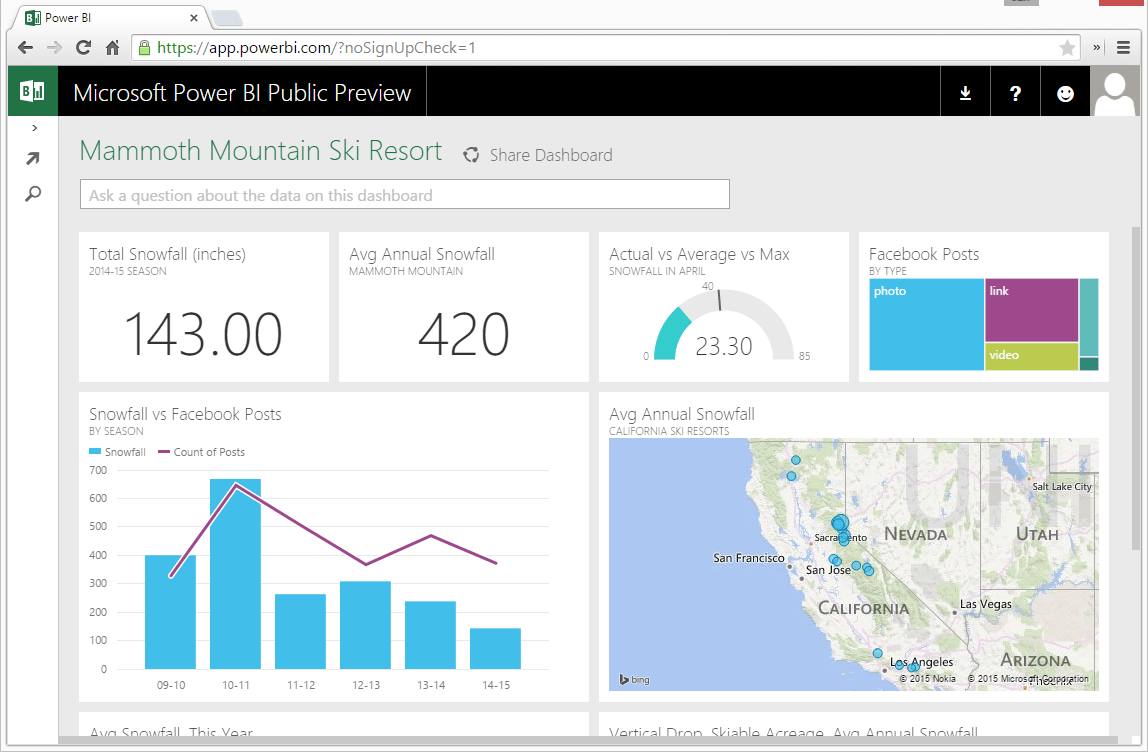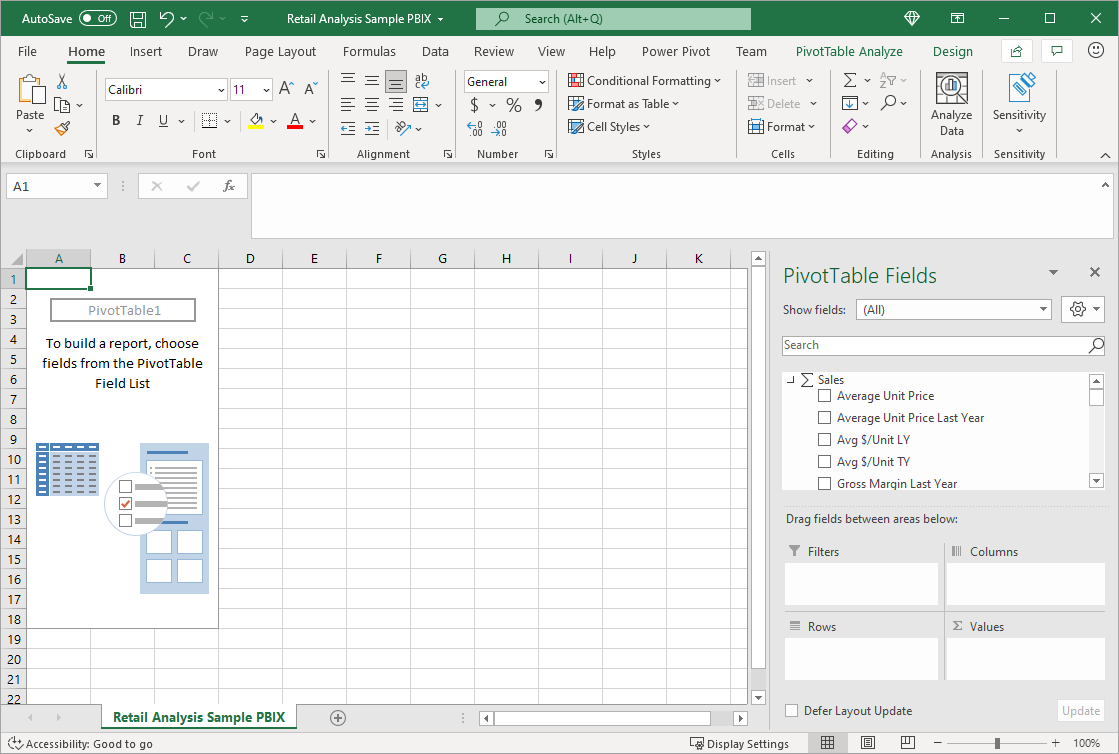
It does not change the fact that it is an extension that brings a lot to data analysis in Excel, which may appeal to dedicated users of this spreadsheet. This solution may also be less intuitive than Power BI. The effect of our work in Power View will not be as significant as in Power BI Desktop, because we do not have access to as many visualizations as in the new MS tool, and we also do not have the possibility of such extensive personalization of reports. The use of this solution is a direct natural step after preparing the data in Power Query and after creating the data model in Power Pivot.

The main functions of Power Pivot also include: It also contributed to reducing data redundancy and providing more reliable analytical results in a faster and easier way. As a result, the worksheet acquired the previously impossible multivariate analysis skills. The introduction of the Power Pivot add-in to Excel made it possible to combine queries (tables) into relational databases. Power PivotĪ well-prepared data set and a developed data model are half the battle in the data mining process. All this is possible without knowledge of programming languages. Then, strictly in Power Query, we can add, remove columns, specify data types and perform other advanced transformations. Copying it, and then pasting it into the connector dialog box and confirming the permissions in Excel, allows you to “live” BC with the spreadsheet. In BC, we can find it in the Web Services settings, where it is assigned to each object type page or query or codeunit, as OData URL or OData v4. This connector is shipped directly from the manufacturer based on standard networking protocols such as HTTP and Atom.

Access to BI in Excel is obtained through add-ons such as:Ī typical data connector from, for example, Business Central is the so-called OData stream source protocol (Open Data Protocol). In a very laconic sense, it is the extraction of knowledge from data on the basis of which business decisions are made. Nevertheless, hardly anyone knows and uses Business Intelligence (BI) solutions built into the latest versions of Excel, i.e. As you can see, everything may depend on the user’s knowledge of this tool. More advanced users weave pivot tables and charts into their research to create something like dashboards. We use time analysis, forecasts and outlines less frequently. We also use MS Excel to create summaries in the form of charts and data tables. This solution is used to calculate algebraic and statistical expressions such as sum, mean, median, standard deviation, and much more. We all know Microsoft Excel from the family of office tools from the giant from Redmond. In these activities, we are supported by various tools, ERP systems, such as Business Central, but not only them. Once installed, these add-ins introduce new functions to the Data tab, under Analysis.Business success is based on data-driven decision making.

I've selected the Analysis ToolPak and the Solver Add-In. Note the Manage drop down box, and the Go button? Pressing Go brings us to the Add-Ins installation/activation page. Try File > Options > Add-Ins and see what is already available to your copy of Excel.

POWER BI EXCEL ADD INS WINDOWS 10
We are hoping to see the list grow when Office 2016 arrives with Windows 10 later this year.Įxcel actually comes bundled with just over a handful of popular add-ins–you just have to know where to look to activate them. You can find add-ins for Word, PowerPoint, Outlook, SharePoint, Publisher, and now even Outlook. Ranging from data visualization to external databases, you're bound to find something to push Excel into overdrive.Įxcel add-ins extend the functionality of the software. You can power up your Excel experience with add-ins. And it can do even more for you and your data! Vanilla Excel is powerful, precise, and performs miracles with data.


 0 kommentar(er)
0 kommentar(er)
